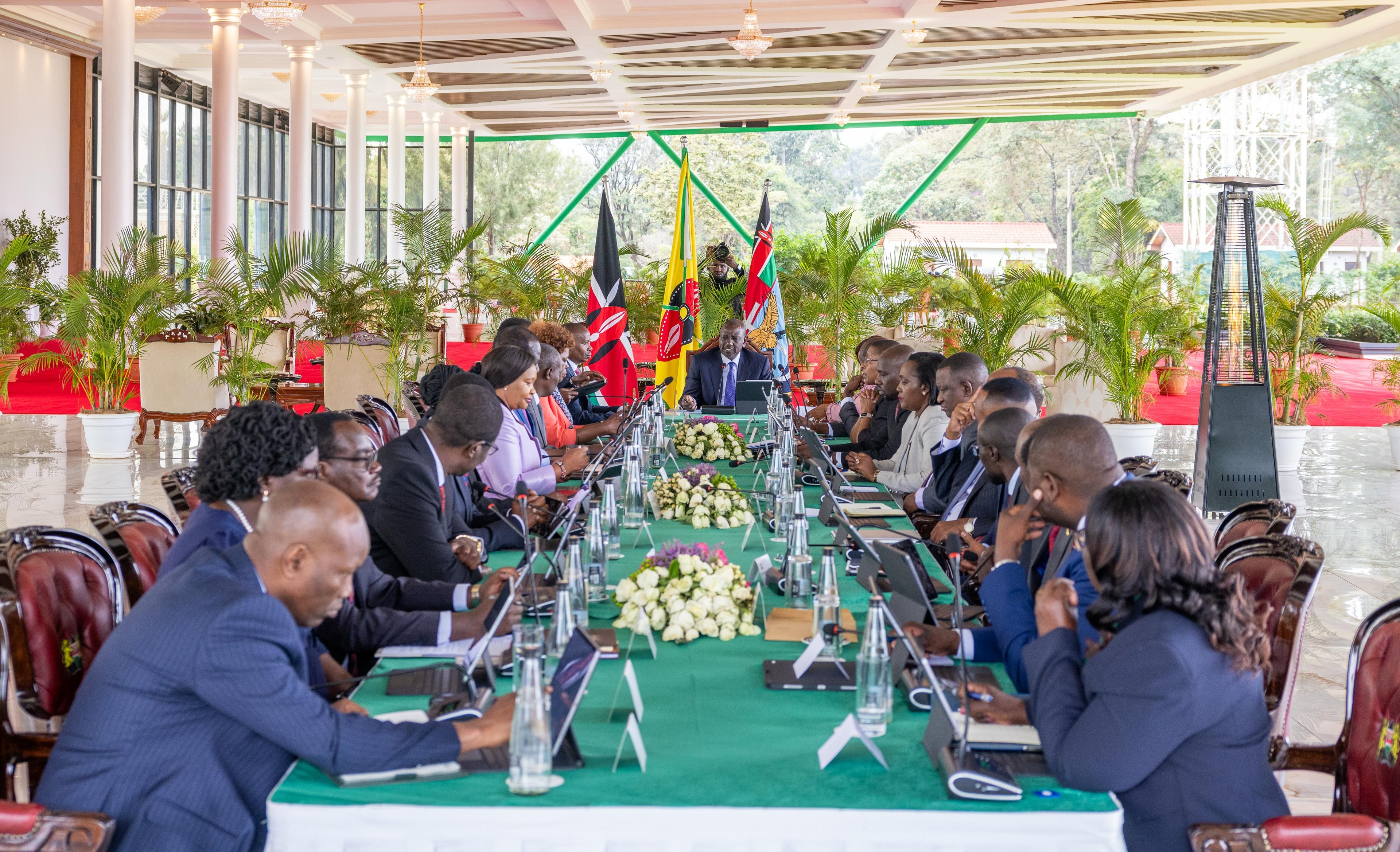One thing that most people born and bred at the coast of Kenya shall not disappoint you in is the ability to tell a good story.
Some of these stories are actually intended to teach a lesson to younger generations. And they are often told by a grandmother or grandfather in the late afternoon or the evening.
I believe many of us who grew up at the coast must have at some point been told the story of the origins of the Mjikenda and the nine sub-tribes that compose it.
The mythical story tells of a father who sent his nine sons to Shungwaya, north of Tana River, to retrieve a drum with magical powers from their uncle, who was not about to let go of it easily. The narrative involves the strategy the brothers came up with, the subterfuge, the inevitable violence and the resultant death.
A death whose consequence was a demand for vengeance by the exceptionally vicious tribe from whom the drum was taken. The chase as the brothers raced south with the drum was a gripping tale with differing incredulous details and challenges each telling.
The story ended with the dispersal of the nine brothers to their present-day location each with their own distinct identity influenced by their experiences from their foray in Shingawaya in search of the magical drum the soul of a people or Kaya.
It is such storytelling that made folk and cultural stories memorable, with an embellished retelling of the same story having a newfound freshness.
This kind of family gathering built around storytelling is very rare these days.
Technology has robbed us of the opportunities for in-person gatherings while offering limitless access to alternative sources of entertainment on handheld devices. Children are more likely to be found staring at a mobile phone or tablet screen than listening to a grandparent telling such stories.
In Kenya there are 63.9 million phones registered, which is 18.7 per cent more than the population of the country. Of these phones, 61 per cent or 38.9 million are smartphones which can access platforms like Netflix with its 5,400 entertainment items or be one of Google’s 8.5 billion searches daily.
There are stories of legends like Mepoho – the Giriama Magic Woman, Fumo Liyongo and the much-loved by children the trickster Abunuwasi.
Many of us who are parents would like to see our children grow up hearing the stories we heard in our own childhood, and thus keep our cultural folklore alive.
How can we do this?
The answer ironically lies in the same technology.
The capabilities that artificial Intelligence has brought to our daily lives make it possible to make the mundane and boring sensational by assisting in performing tasks too complex for humans.
In animation, AI provides tools that simplify workflows, enabling greater creativity while allowing unique animation characteristics as required by the creator, whether character design and personality or motion graphics.
These capabilities enable the rebirth of stories with more reality and impact, whether in the format of a movie, an animation or a game.
One of the great drawbacks of the exponential growth in this sector of Artificial intelligence-generated entertainment has been the cost of the proprietary programmess, high-performance computers and the prerequisite training in their use. The software and the hardware to run them are often prohibitive in cost, seeing as one may take a few months perfecting it before attempting to monetise competency.
This is one of the problems being addressed by the government programme aimed at establishing computer hubs throughout the country with appropriate software installed on computers hooked to uninterrupted high-speed internet.
In addition to this, one of President William Ruto’s achievements has been to secure a market for Kenyan youths willing to put an effort to perfect such competencies.
AI however does not replace human creativity. An imaginative storyteller, equipped with the right technology and proficiency in its application, may be the way to keep our culture and folklore alive.
I long for the day when a child who is totally focused on his or her smartphone screen, will actually be learning something about our traditions and culture.












![[PHOTOS] Ruto present as NIS boss Noordin Haji's son weds](/_next/image?url=https%3A%2F%2Fcdn.radioafrica.digital%2Fimage%2F2025%2F11%2Ff8833a6a-7b6b-4e15-b378-8624f16917f0.jpg&w=3840&q=100)




